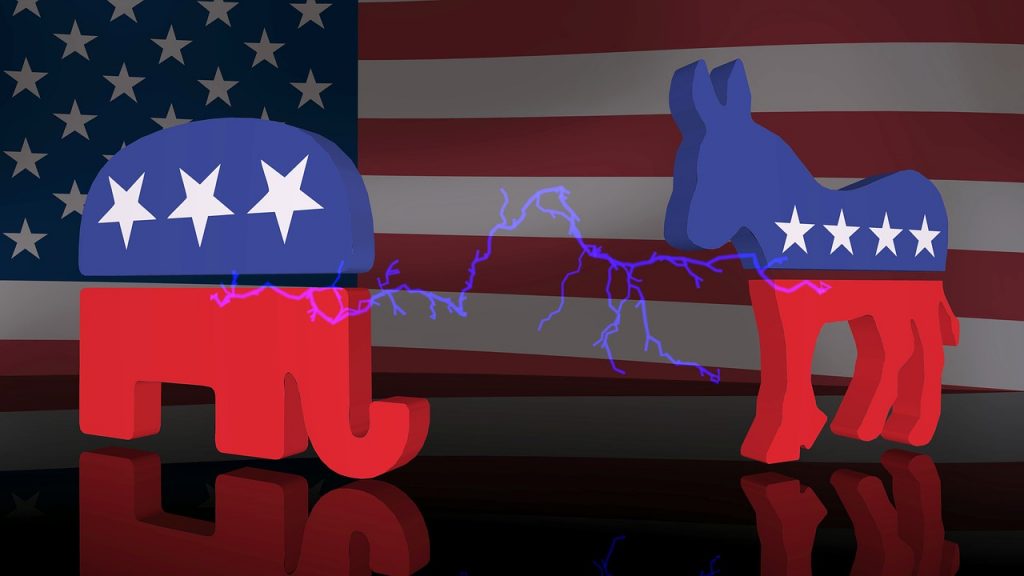English Words in the News: Caucus Posted by Gary Locke on Jan 23, 2020 in Culture, News
Every four years the United States begins its national presidential election with the Iowa caucuses. This is followed by the New Hampshire primary. Soon, in rapid succession, many more states conduct their voting. By May we usually know who the presidential candidates in the two major parties will be.
What’s important is that there are two methods for selecting the candidates – primaries and caucuses. They are significantly different from each other. Let’s spend a little time learning about a caucus.
A Party for the Party
Think of a caucus as a neighborhood party. Local members of a political party, Democrats or Republicans, gather at a predetermined location, like a function hall, a heated barn, or even someone’s large living room. In Iowa, caucuses are held every two years. During years without presidential campaigns, participants settle issues related to the state party. Procedural and technical changes to the next presidential caucuses will be made in these off-years.
During a presidential caucus, local supporters of the candidates meet to elect delegates to the county convention. Some of those will go on to the state convention, and from those delegates, some are chosen for the big national party convention in the summer. Each caucus sends delegates, but the number of delegates is determined by the size of the caucus. A caucus of 400 people will send more delegates to the state convention than a caucus of 40.
When Republicans caucus, they conduct a vote by (usually) a secret ballot. The ballots are counted, a winner is announced, and everyone goes home. But, the Democrats have a very different system. It’s complicated.
Get to Know Your Neighbor
Democrats gather at their caucus sites, called precincts, and supporters for each candidate are given time to speak to the crowd on behalf of their chosen candidate. Then, everyone separates into groups who support the various candidates. If you still haven’t decided on a candidate, no worries. Undecided voters form into their own group.
In order for a particular group to remain active at the caucus, it needs to meet the necessary percentage of delegates at the precinct.
- 1 delegate means that the candidate with the most gathered in one group wins.
- 2 delegates mean that each group must have 25% of the total at the caucus.
- 3 delegates require one-sixth of the caucus members.
- 4 or more delegates require at least 15% of the total caucus members.
Those groups which fail to meet the necessary numbers disband, but are invited to join with other groups. This can lead to some delicate discussions. Why should I pick this neighbor over my other neighbor? As you might imagine, this process can take a while and might be contentious. In rural areas, where the gatherings tend to be smaller, neighbors can have a difficult time always remaining on friendly terms.
Looking Ahead
It also may not surprise you to learn that fewer states continue with the caucus system each election cycle. In 2020, only six states will hold caucuses. Iowa and Nevada, two of the early voting states, will be joined by Maine, Wyoming, Kansas, and North Dakota later in the spring. Less than 5 percent of pledged delegates will come from caucuses in the 2020 Democratic primary, down from 14 percent in 2016. Who knows how long the caucus tradition, which is a measure of the strength of local communities to express their political will, can continue?

Build vocabulary, practice pronunciation, and more with Transparent Language Online. Available anytime, anywhere, on any device.





Comments:
Candice Goyette:
You nailed it, Gary.